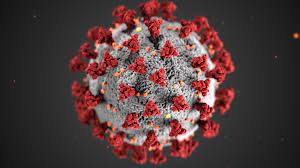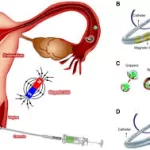
Recent research spotlighting the impact of sedentary habits on childhood obesity unveils a surprising revelation: engaging in light physical activity might hold the key to counteracting this concerning trend. A study published in Nature Communications underscores the crucial role of light physical activity in potentially reversing the adverse effects of prolonged sedentary time during childhood and adolescence.
Dr. Andrew Agbaje from the University of Exeter highlights the study’s significant findings, emphasizing the potential of light physical activity as a pivotal factor in combating childhood obesity. The research challenges the conventional belief of achieving health through an average of 60 minutes of moderate-to-vigorous physical activity per day, suggesting instead a shift towards promoting at least three hours a day of light physical activity.
The study tracked 6,059 children, primarily aged 11 years (53% female), until they reached 24 years of age. Over the 13-year observation period, sedentary time notably increased from around six hours daily during childhood to nine hours daily in young adulthood. Conversely, light physical activity decreased from six hours to three hours daily, while moderate-to-vigorous physical activity remained relatively stable at approximately 50 minutes daily.
Significantly, the research found that for each minute spent in sedentary activities, there was a subsequent increase of 1.3 grams in total body fat mass. Moreover, the study revealed that while both male and female children gained an average of 10kg of fat mass during growth, sedentary time potentially contributed between 700 grams to 1kg (approximately seven to ten percent) of the total fat mass gained during this period.
In contrast, every minute engaged in light physical activity correlated with a 3.6-gram reduction in total body fat mass. This highlights the potential of cumulative light physical activity in decreasing overall fat mass gain by approximately 9.5 to 15 percent during the 13-year observation period.
The research emphasizes the importance of activities like extended walks, house chores, slow dancing, swimming at a leisurely pace, and relaxed bicycling in constituting light physical activity.
Dr. Agbaje underscores the significance of these findings, advocating for updates in health guidelines and policies. Public health experts, policymakers, healthcare professionals, and parents are encouraged to promote sustained participation in light physical activities to combat childhood obesity effectively. This research offers a fresh perspective on combating the concerning rise in childhood obesity, emphasizing the potential of light physical activity as a game-changer in establishing healthier lifestyles for the younger population.










